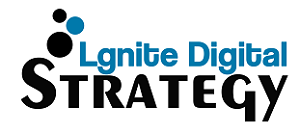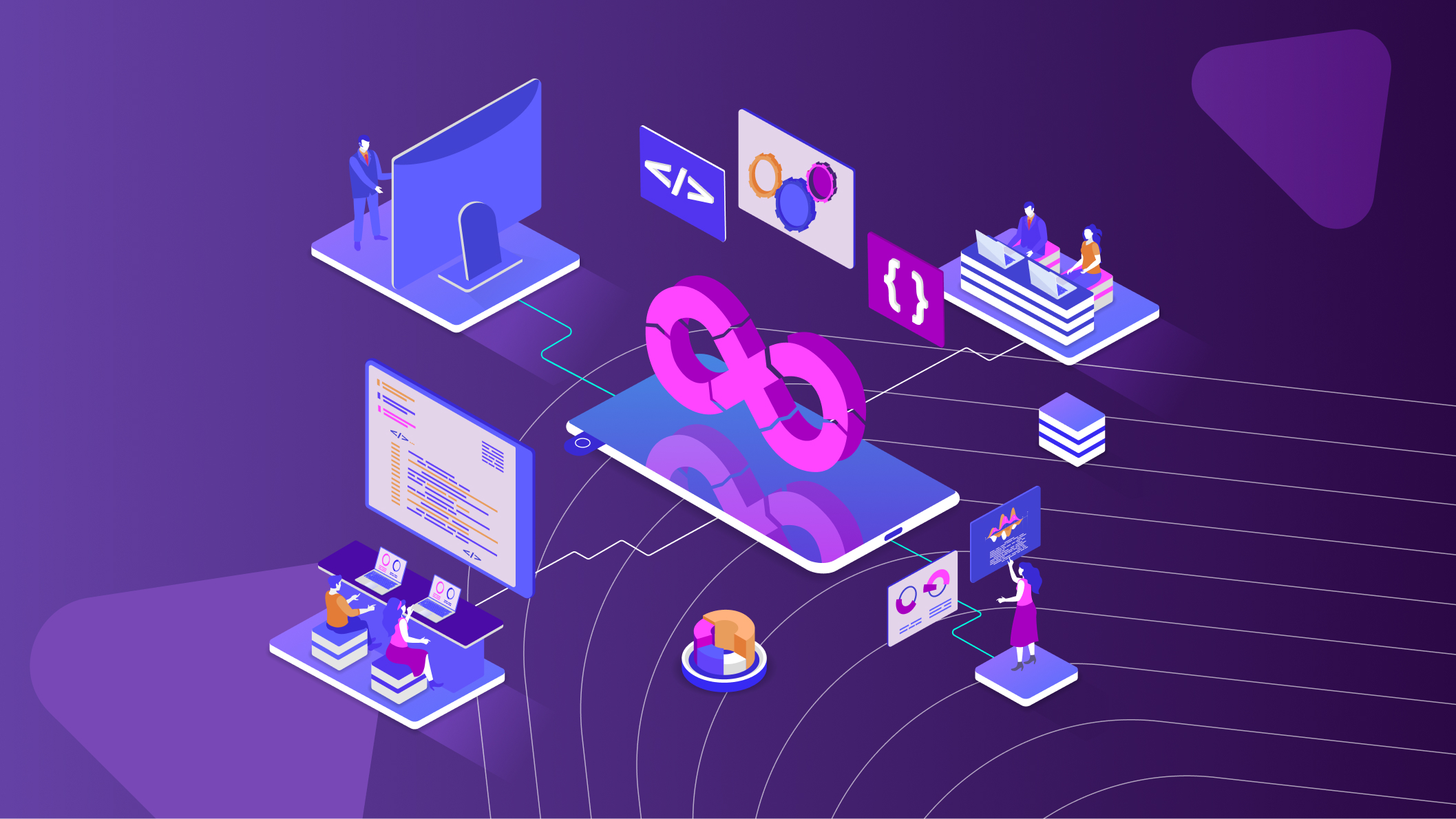Real users move through lifts, tunnels, and busy malls where signals drop or slow. Treat those moments as core scenarios rather than edge cases, and your product will feel dependable from day one. Teams focused on mobile development in Singapore gain the most when they plan for patchy connectivity, heat, and multilingual needs before any pixel work begins.
Design Offline Before You Design Online
A good app provides a full task flow without a network. Prioritise forms, approvals, and media capture that save locally, validate instantly, and queue safe updates. Show clear status for saved, pending, and failed items so users never guess whether work is at risk. When coverage returns, run resumable syncs that reconcile conflicts with human-readable prompts.
Shape Data Models for Sync, Not Just Storage
Flat, gigantic payloads stall on mobile radios. Break records into smaller, versioned pieces and send only the deltas. Use optimistic writes with temporary IDs so lists feel fast, then reconcile on the next round trip. For sensitive actions, record intent and time, and let the server confirm authority at sync, not at tap.
Measure Battery and Thermal Early
Hot devices slow CPUs and frustrate people on the move. Profile radios, location calls, and image processing on real hardware in outdoor conditions. Batch network requests, cap background frequency, and prefer incremental uploads. Replace constant GPS with fused signals, and offer a low-power mode that trims animations and sampling without breaking tasks.
Localise for Real Language Behaviour
Switching language is more than swapping strings. Support mixed scripts in the same sentence and allow search across English, Mandarin, and Malay without fragile token rules. Keep labels short to survive smaller screens and right-align numbers for receipt screens. Audio snippets for key steps can help first-time users who skim text in a second language, a common pattern in mobile application development in Singapore.
Design Inputs for Motion and One-Hand Use
People interact on escalators and buses. Place the primary action within thumb reach and keep targets generous. Use progress ghosts for long lists so the interface feels anchored during jumps. When tapping is risky, accept swipe or long-press where possible and provide haptic feedback to confirm success without looking.
Secure Data Where People Actually Use It
Public Wi-Fi and shared devices increase risk. Keep tokens short-lived, pin certificates, and store secrets in the secure enclave. Encrypt cached items that hold personal data and expire them on a timer. Offer masked previews on the lock screen and a privacy mode that hides sensitive fields in crowded spaces.
Plan Media Intake for Patchy Networks
Field users snap photos and record clips when reporting issues or deliveries. Compress on device, attach metadata at capture, and offer a visible queue with pause and resume. Defer heavy uploads until Wi-Fi is available, then retry with exponential backoff. If media is essential evidence, save hashes locally and show proof that the content remains intact until confirmation arrives.
Build a Trust Contract With Status and Logs
Confidence grows when the app narrates what it is doing. Use small, persistent headers to show connection state and last sync time. Offer a human-readable activity log that support teams can request from inside the app. When something fails, write friendly explanations and next steps rather than numeric codes.
Test Where the App Will Live
Lab Wi-Fi hides the problems that commuters face. Ride the MRT at peak, walk multi-storey car parks, and stand in a food court at lunch with three devices side by side. Note lag, thermal throttling, and the points where taps feel risky. These sessions reveal layout fixes and timeouts long before release.
Release in Slices and Read the Signals
Ship a constrained feature to a narrow cohort and watch crash-free rates, first-run success, and background time spent. Align metrics to tasks rather than vanity counts. When a change helps one route but hurts another, favour the path that matches the highest-value user journey and iterate.
Conclusion
Dependable products earn trust by surviving real conditions without drama. Start with offline flows, shape syncable data, and cut waste that burns heat and battery. Add localisation, privacy, and field-ready media so the experience holds up on busy days. Teams that treat these constraints as design inputs produce stronger results in mobile application development in Singapore, and they keep momentum when they scale the roadmap.
For an offline-first audit, field testing plan, and a staged rollout that reflects real usage patterns, contact Activate Interactive.






